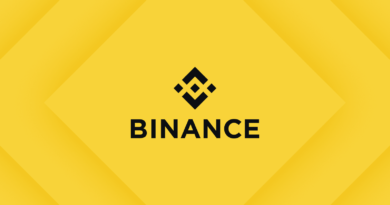Ethereum’s Whitepaper Journey
While Bitcoin’s whitepaper described revolutionary advances in cryptography and peer-to-peer payments, Ethereum’s whitepaper presents an entire platform where developers can create their own decentralized applications (DApps). It outlines innovative solutions such as smart contracts and the Ethereum Virtual Machine; furthermore it describes how its blockchain can support all sorts of decentralized apps beyond currency transactions.
Ethereum was initially developed in 2013 by Vitalik Buterin. Since then, however, its ecosystem has been developed by Charles Hoskinson, Gavin Wood, Jeffrey Wilcke Anthony Di Iorio and Joseph Lubin – each contributing their skills towards creating what has since become one of the most significant blockchain networks ever made public.
You can discover other tips about Ethereum with us!

The Ethereum whitepaper presents the concept of a blockchain-based programming platform with a Turing-complete programming language. The Ethereum platform can support various applications, including financial contracts and gambling markets; additionally it may offer features not directly tied to money like on-blockchain escrow accounts and savings wallets for savings as well as self-enforcing bounties for solving computational problems.
Blockchain security is provided by a network of computers known as “miners,” which continuously verify its state. Ethereum’s ecosystem was designed to prevent centralization by mandating that all miners run full nodes; meaning, all miners must store and process all blockchain records at one time. Miners are rewarded for their service with “ether,” the cryptocurrency fuel of Ethereum.
Mining Ethereum involves various processes, but one of the more popular ones involves running software on a computer that can perform certain operations per second. The program checks each block for transactions that have not been included previously and adds these new transactions to the blockchain. Furthermore, the Ethereum whitepaper mentions an alternative mining method called “proof-of-stake,” which may soon become operational but would require less computing power for its implementation.
Ethereum network currently faces challenges regarding its scalability. With an existing blockchain of 15GB growing by about 1MB every three seconds, its capacity has already been reached. A single transaction on Visa may involve over 2000 operations which exceed what Ethereum can handle at this point in time.
To address this challenge, the Ethereum team is working on a proof-of-stake model which would reduce mining needs while making Ethereum blockchain smaller. They are also exploring various strategies to increase performance of the Ethereum Virtual Machine such as multithreading support or employing more efficient data structures.
As Ethereum has evolved, it has become the backbone of an entirely new wave of online services. Developers have created thousands of Ethereum-based applications – or DApps – allowing users to take part in trusted decentralized services like online voting and crowdsourcing.




